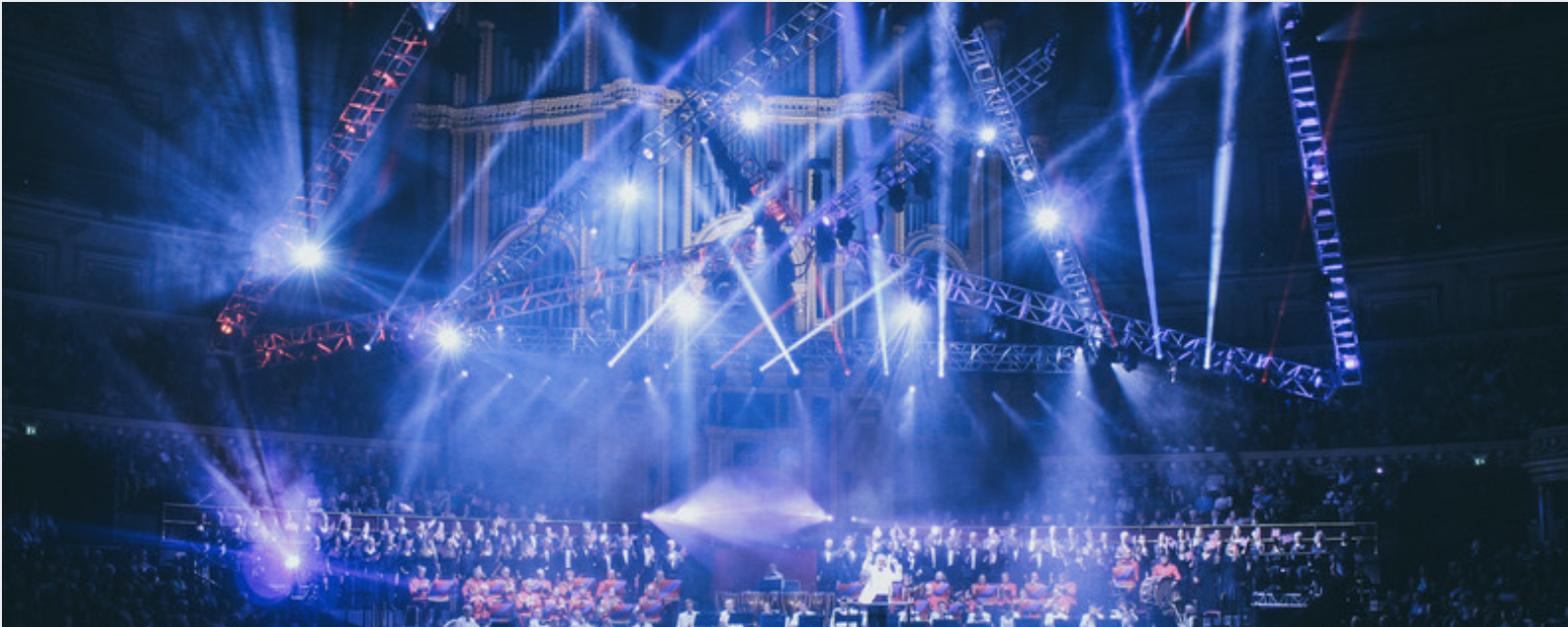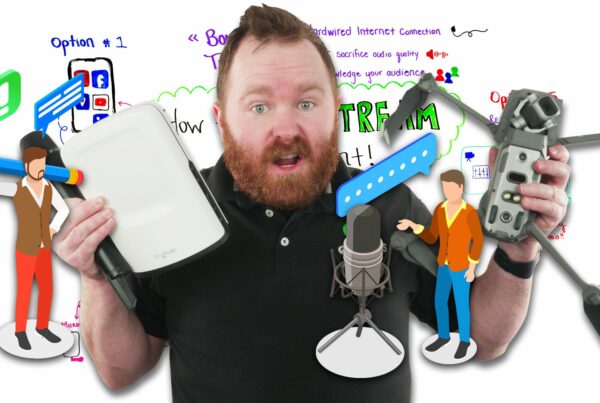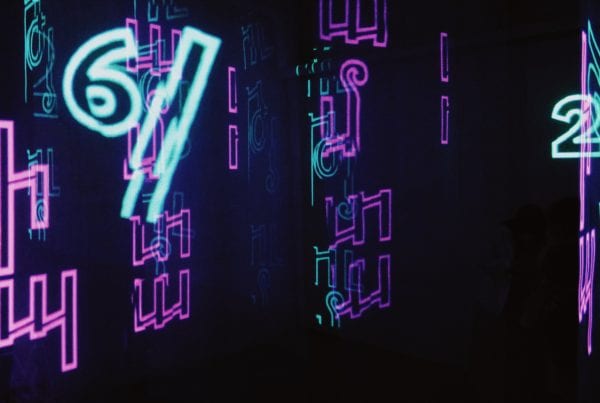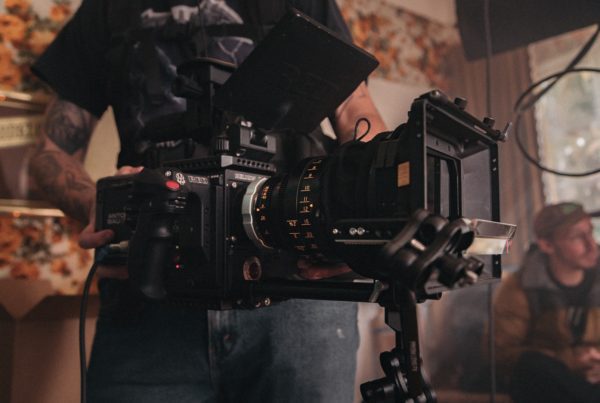Unless you’re an AV junkie or an event technology enthusiast, the world of all things audio-visual can seem too vast and complex to grasp. You can learn all about the major AV terms and still get confused when making decisions about the appropriate event lighting, sound, and video. But as our long-time followers might know already, our very own Will Curran is on a mission to change that and educate event planners on all things AV!
Since Leko lights are among the most common event lighting types, Will dedicated an entire Whiteboard Wednesday episode to them, adding some useful information about gobos since they often come hand in hand with Lekos. Hopefully, this insightful and fun lecture will spark up some creative ideas and help clear up any confusion you might have about event lighting. Let’s jump right in!
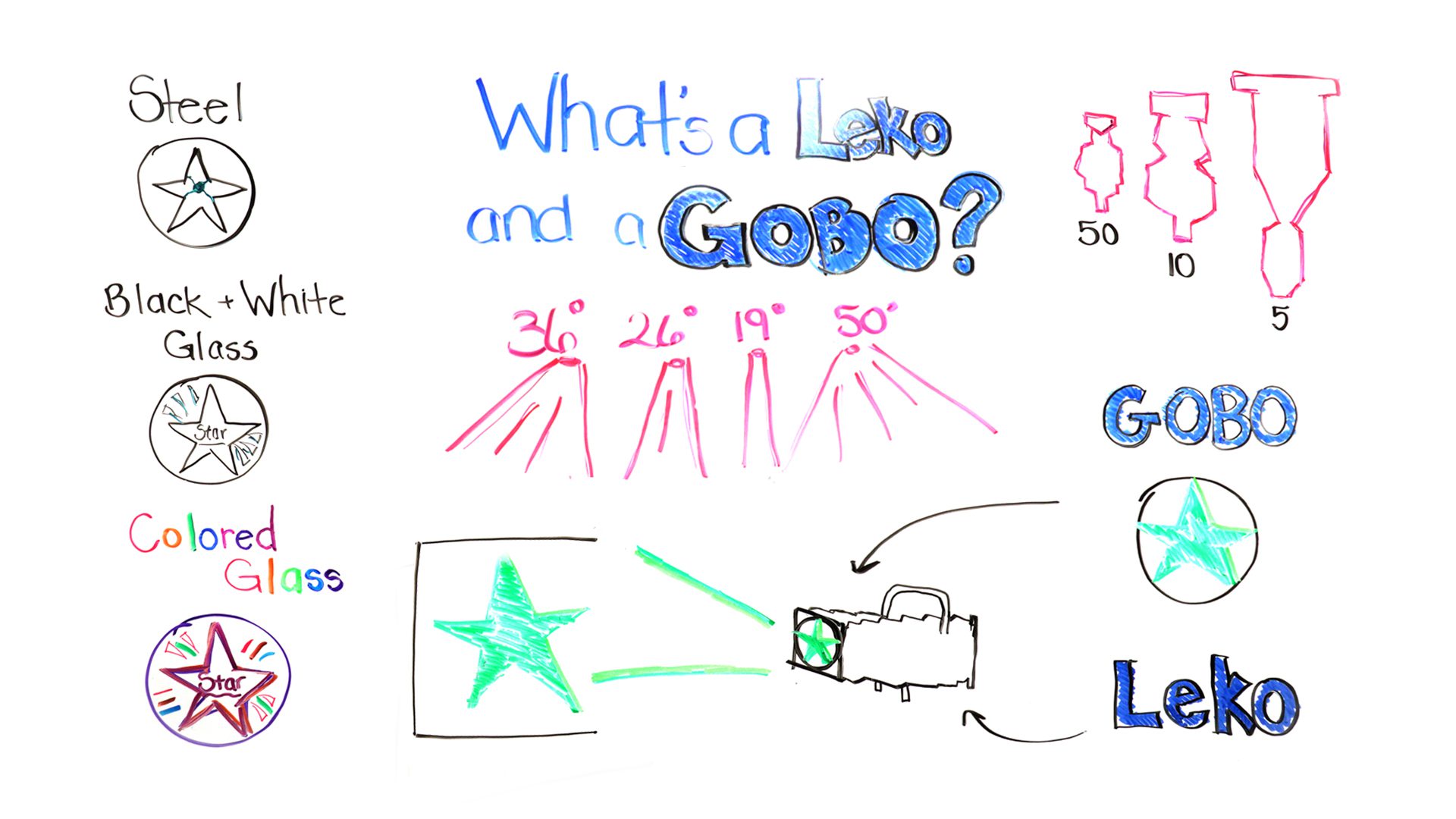
Event Lighting: What Is A Leko?
A Leko light is traditionally considered the most common light fixture. It has two functions. Firstly, it’s used as a major stage light. It will give your stage a nice look – be it white, blue, or whichever other color you prefer. The second purpose is used for shining gobos, which is something we will get to later on.
Leko is an ellipsoidal light that has the ability to cut in the edges. It makes for such a great stage light is because you can actually choose the edges of the stage where you want the light to stop and how high it should go. If you have a screen behind you on stage, you can keep the light from blowing out and lighting up the entire screen. Additionally, it has the ability to go focused and unfocused. You can get this nice sharp light highlighting a very specific object. Or, if you want to make it nice and soft, you can get a little bit out of focus. It has a lot of customizable options when it comes to event lighting, which is why it is probably the most common light used when it comes to production in AV.
Types Of Leko Lights
Not all Leko lights are created the same. You’re going to see that you have several different types of Leko lights on your AV quote.
Leko Brightness
First and foremost, Leko lights differ based on brightness. It might be a 500-Watt light or a 750-Watt light, depending on what your event lighting needs are. Don’t worry, your AV company should help you out and pick the right ones for you.
These lights have also gone LED. Now, you actually see different brands out there doing full-LED versions, which means that you get the power savings as well as the functionality of being able to change the color of the lights as well. After all, choosing the right color for your event is a very important part of event design. Before LEDs, with the conventional or traditional lights, you had to have gels and plastic covers over them to change a color, which doesn’t allow you the flexibility to change the color on the fly.
Leko Degrees
When you pick your light, you’ll also see degrees, which means the amount of area that you want to cover with it. The lowest one is most typically a 19-degree Leko, but there are also 10-degree Lekos. Think of it as a triangle: 19 degrees is a little bit smaller than 36 degrees or 50 degrees. The smaller the degree, the thinner the light is.
On stage lights, you might find that your AV company has several 19-degree Lekos mixed in with a couple of 36-degree lights. The reason why they do this is that they have several different ones all layered on each other to make sure you get a nice, tight angle. In the theory of event lighting, a 50-degree isn’t as bright as a 19-degree lens.
Leko lights also have lenses that are interchangeable. That means that your AV company might come with lenses for different degrees and mix all of them together. If you aren’t really sure about some of the details of your event, such as how big the tables are going to be or how much area your event lighting needs to cover, your AV team might bring several different lenses with them, so they have a little bit of variety and options.
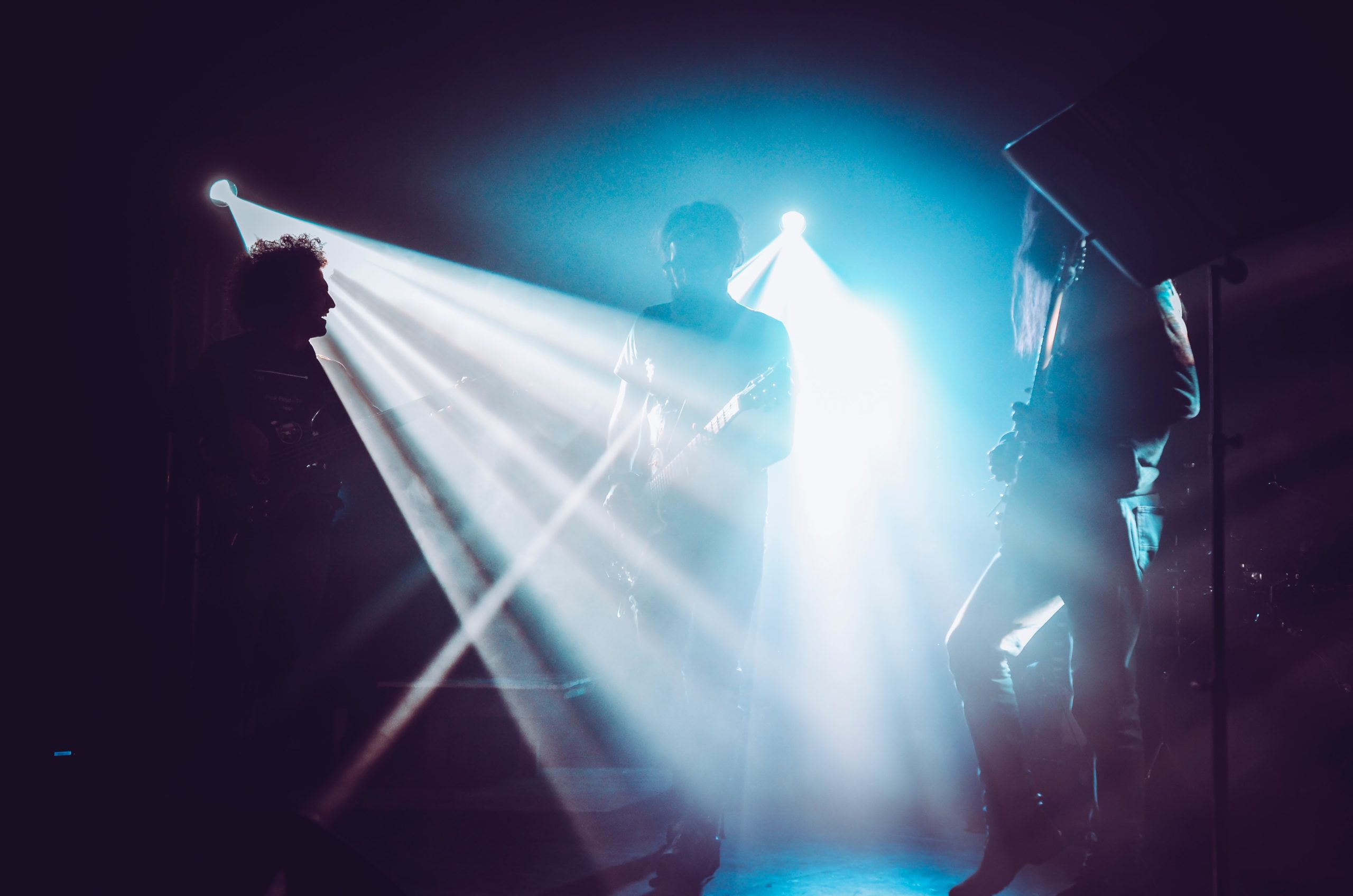 Event Lighting: What Is A Gobo?
Event Lighting: What Is A Gobo?
Now that we’ve learned all about Leko lights, it’s time we look at gobos. What’s a gobo? You have a light, you put a shape in front of it, and that allows you to project that shape. A gobo works in a similar way. You place the gobo inside of the Leko light, and then parts of it block the light to get the projection you want.
How can we use gobos in event lighting? You can project your logo or a monogram, for example. You can put it on the ground and shoot it up on the ceiling, put it on a pipe and shoot it at a wall or down on the floor.
Then, we also have breakout gobos, which are lots of little shapes if you want to cover and add texture to an area. For example, if you want to make it look like the lights are shining down through the leaves of a tree, you might use a breakout gobo with a couple of leaf shapes on it, for example.
Let’s take everything we’ve learned so far and see how we can combine the knowledge about Lekos and gobos. If you put a gobo inside and you want it to be really big, you might use a 50-degree lens to make it as large as possible. If you’re looking to make it really small and close-knit, you might use a 19-degree lens on that Leko as well.
Three Types of Gobos
Steel Gobos: A steel gobo is a thin piece of metal and they cut the shape out of it, and then it slides right on into the Leko light. What’s great about steel gobos is they’re really inexpensive. The reason why they have to be steel is that these lights get very hot and steel can easily handle the heat.
Black and White Glass Gobos: If you’re looking to have floating objects, a steel gobo won’t work. Instead, we recommend going to a glass gobo. Consequently, it’s fragile and more expensive, but it allows you to get more detail.
Colored Glass Gobos: If your logo has to be a very specific color or several colors, then you’re going to use colored glass gobos.
The more expensive gobos usually take more time to manufacture. That’s something to keep in mind if you’re doing an event. You want to give your AV company a heads up if you want to do these, so they can get them made and you don’t have any rush charges.
Moving Head Lights
Now that we’ve established how to use event lighting and project logos with gobos, the next step is to consider moving it around your event space. How? With moving head lights.
There’s a fixture called a moving head light: a light with a yoke on it. It can turn 360 degrees and flip around. Those can also have gobos inside. However, they’re not necessarily the same gobos you put in a Leko light; they might actually end up being smaller. Smaller means more detail, which means it will likely be a little bit more expensive. With the movement of technology from traditional Lekos (which are hot and use up a lot of electricity) to LED Lekos (which are cooler to the touch and use less electricity), a lot of gobos are getting cheaper now. They can actually do them in plastic, and obviously, plastic are cheaper to manufacture than steel and glass.
A bonus tip: Moving head light gobos have a wheel inside, so you can put multiple gobos inside of a wheel. That way, you can put in two different logos and use them at two different moments during your event. Whereas with a Leko, you have to physically slide the gobo out and pull it in. There are also other cool add-ons you can add to gobos to make them spin. You can also make them get blurry and multiply them.
Talk To Your AV Company
Leko light, the traditional stage light, and the gobos that go inside of them are two major elements of AV. Now that you know a little bit about them, you can start thinking of unique ways to use them at your next event. If you’re looking for sponsorship opportunities or just want to put your logo in the middle of the floor, gobos are a great – and affordable – way to go.
Of course, nobody expects you to do get your lekos and gobos set up all alone. Lean on your trusted AV or event management company – a partner who will help breathe life (or shall we say sound, light, and visuals) into your vision and create events that will be tailored to your exact needs. If you have any further questions about planning your next event, feel free to reach out to us – the Einsteins of Events are all about making event planners’ lives easier!
Editor’s Note: This blog post was originally posted in January 2019 and has been updated by Anja Grcar for clarity purposes.


